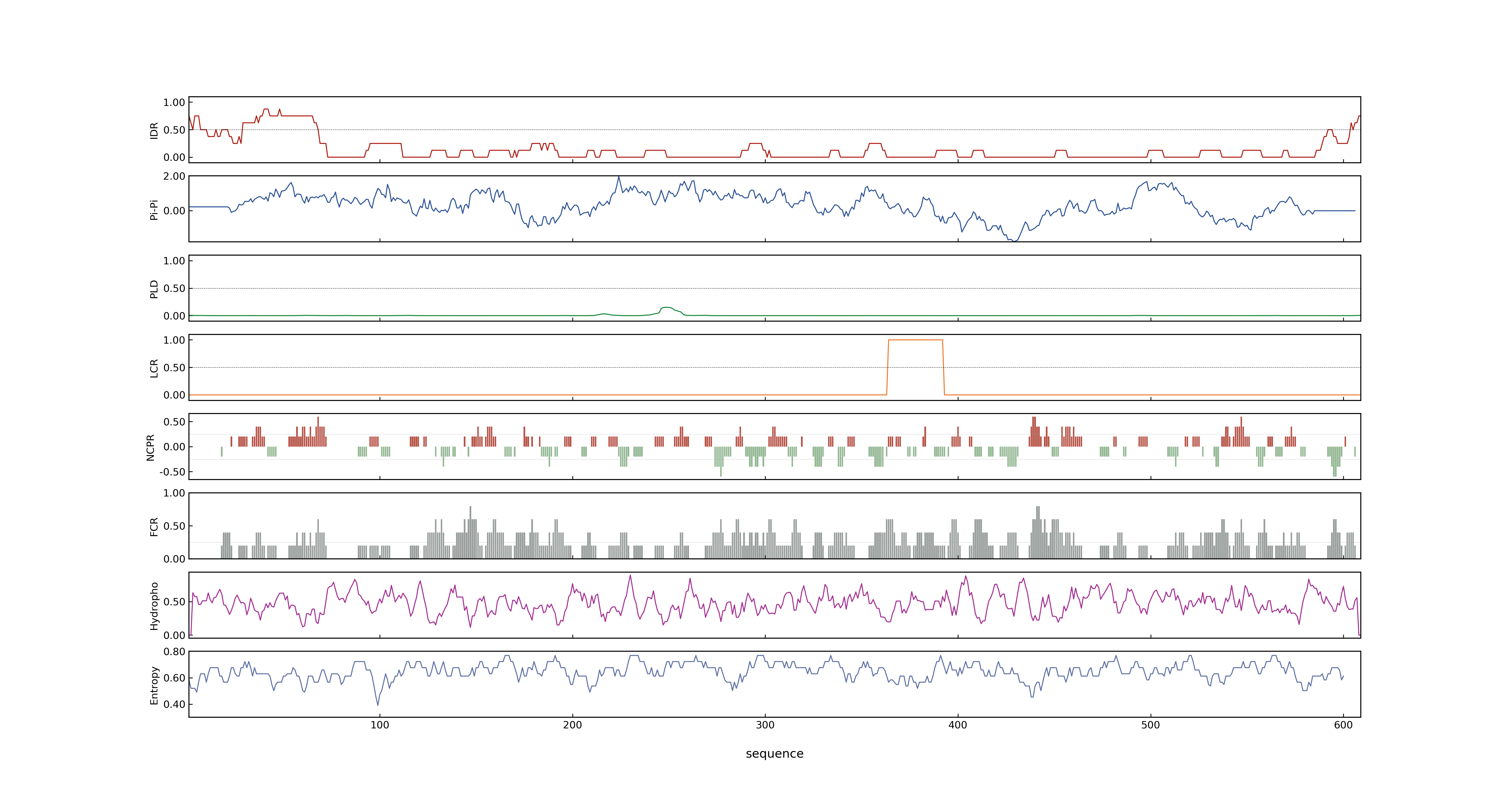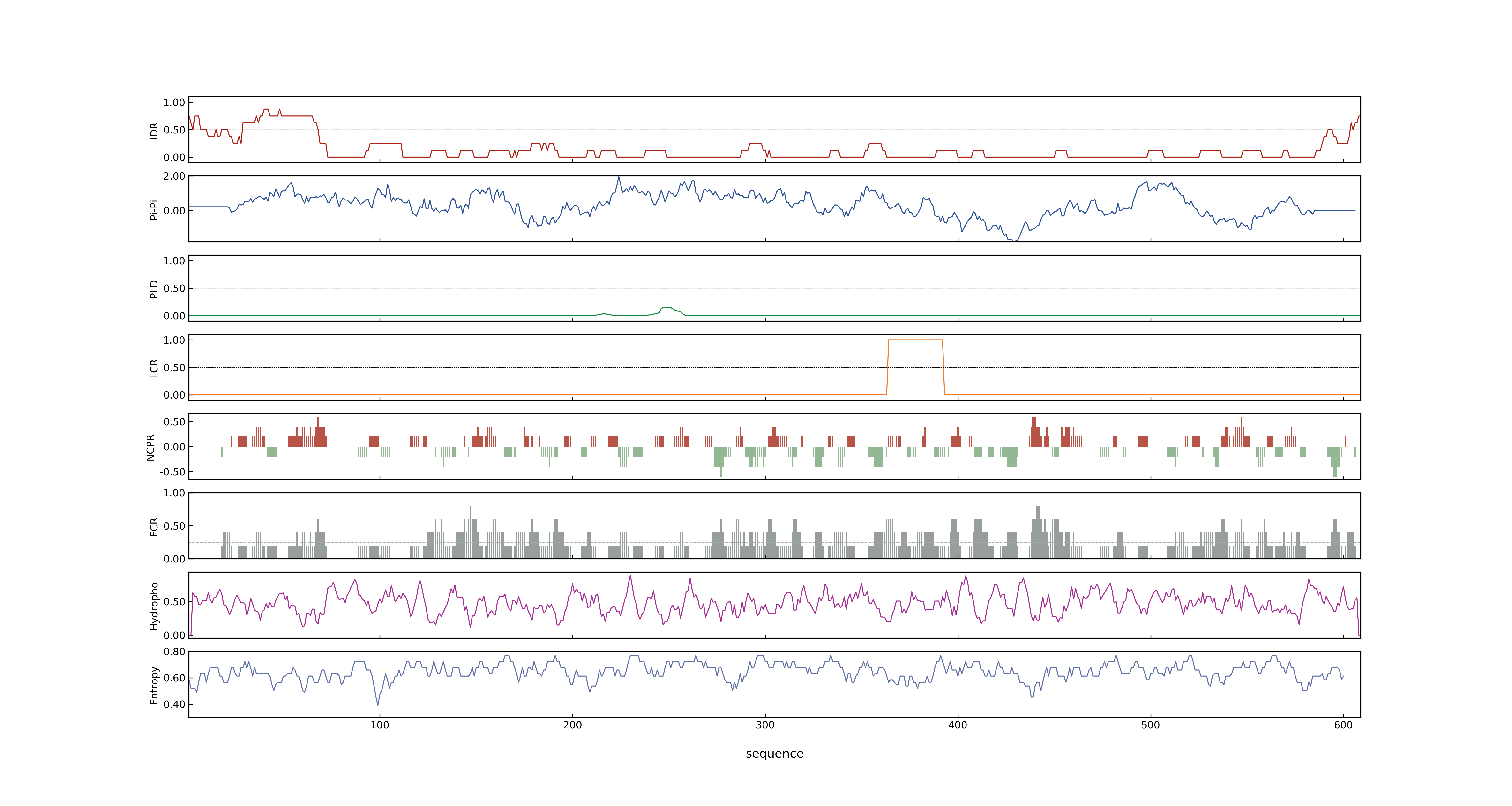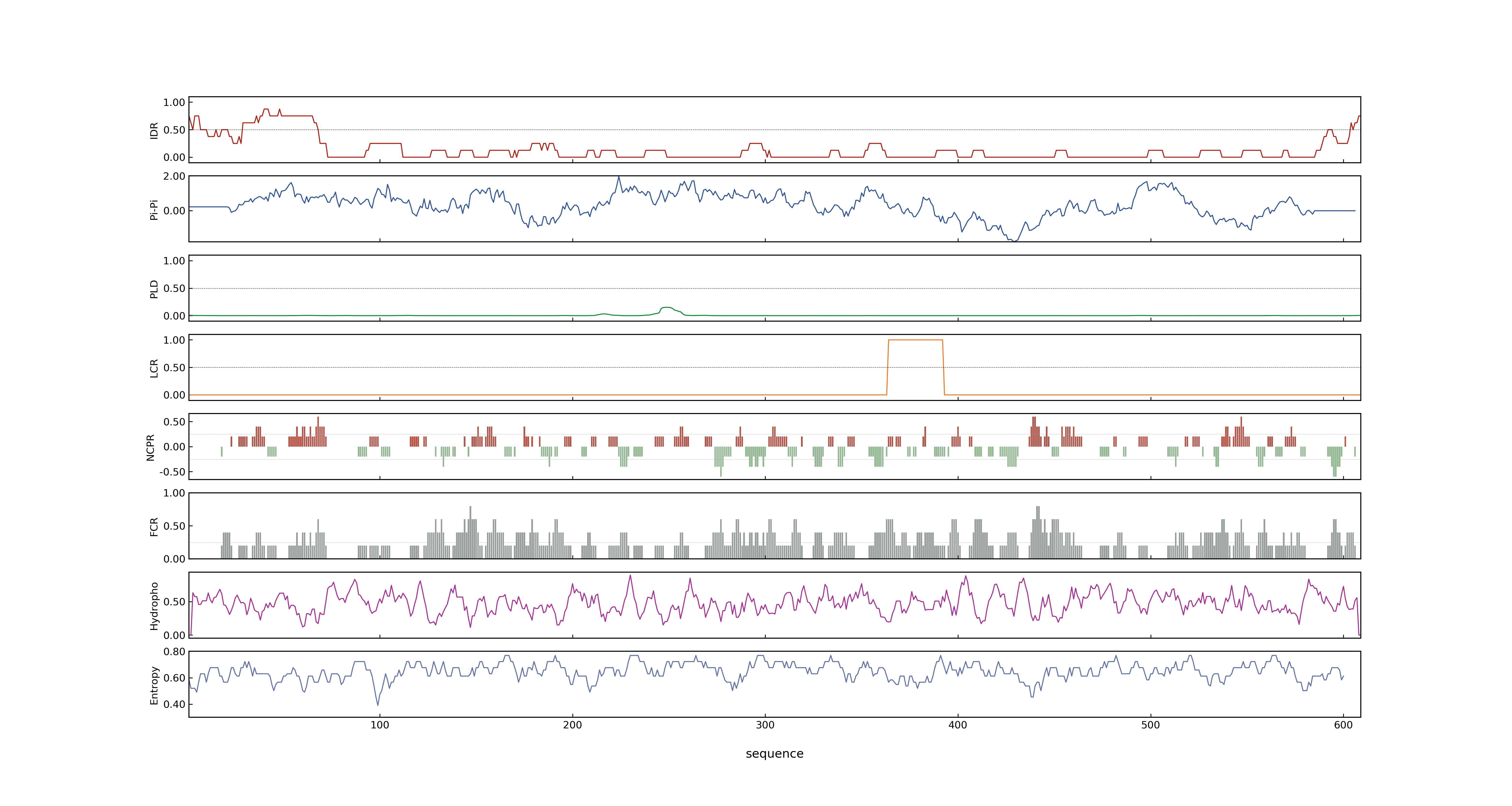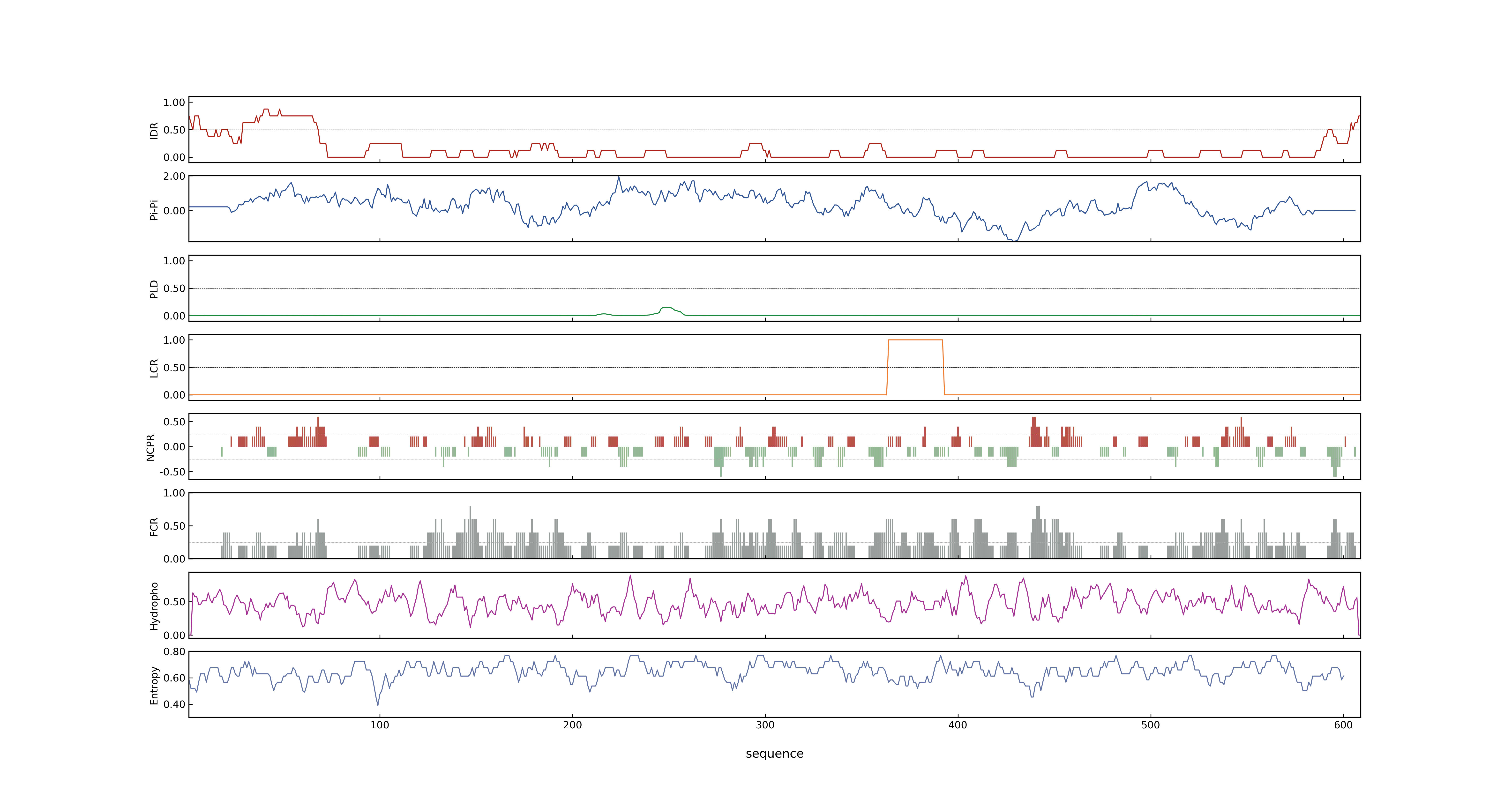- Information
- Symbol: Wx
- MSU: LOC_Os06g04200
- RAPdb: Os06g0133000
- PSP score
- LOC_Os06g04200.1: 0.0541
- LOC_Os06g04200.2: 0.0541
- LOC_Os06g04200.4: 0.0541
- LOC_Os06g04200.3: 0.0541
- PLAAC score
- LOC_Os06g04200.1: 0
- LOC_Os06g04200.2: 0
- LOC_Os06g04200.4: 0
- LOC_Os06g04200.3: 0
- pLDDT score
- NA
- MolPhase score
- LOC_Os06g04200.1: 0.42916849
- LOC_Os06g04200.2: 0.42916849
- LOC_Os06g04200.3: 0.42916849
- LOC_Os06g04200.4: 0.42916849
- MolPhase Result
- Publication
- Potential of Waxy gene microsatellite and single-nucleotide polymorphisms to develop japonica varieties with desired amylose levels in rice Oryza sativa L., 2007, Journal of Cereal Science.
- Genetic studies of speciation in cultivated rice. 5. Inter- and intraspecific differentiation in the waxy gene expression of rice, 1986, Euphytica.
- Differential regulation of waxy gene expression in rice endosperm, 1984, Theor Appl Genet.
- Map-based cloning proves qGC-6, a major QTL for gel consistency of japonica/indica cross, responds by Waxy in rice Oryza sativa L., 2011, Theor Appl Genet.
- Altered tissue-specific expression at the Wx gene of the opaque mutants in rice, 1999, Euphytica.
- Molecular insights into how a deficiency of amylose affects carbon allocation–carbohydrate and oil analyses and gene expression profiling in the seeds of a rice waxy mutant, 2012, BMC Plant Biol.
- Du1, encoding a novel Prp1 protein, regulates starch biosynthesis through affecting the splicing of Wxb pre-mRNAs in rice Oryza sativa L., 2007, Plant Mol Biol.
- Molecular Characterization of Wx-mq, a Novel Mutant Gene for Low-amylose Content in Endosperm of Rice Oryza sativa L., 2002, Breeding Science.
- Genetic Polymorphism of Wx Gene and Its Correlation with Main Grain Quality Characteristics in Rice, 2007, Rice Science.
- OsbZIP58, a basic leucine zipper transcription factor, regulates starch biosynthesis in rice endosperm, 2013, J Exp Bot.
- A naturally occurring functional allele of the rice waxy locus has a GT to TT mutation at the 5’ splice site of the first intron, 1998, The Plant Journal.
- A single base change altered the regulation of the Waxy gene at the posttranscriptional level during the domestication of rice, 1998, Mol Biol Evol.
- Granule-bound starch synthase I is responsible for biosynthesis of extra-long unit chains of amylopectin in rice, 2008, Plant Cell Physiol.
- Allelic diversities in rice starch biosynthesis lead to a diverse array of rice eating and cooking qualities, 2009, Proc Natl Acad Sci U S A.
- Identification of SNPs in the waxy gene among glutinous rice cultivars and their evolutionary significance during the domestication process of rice, 2004, Theor Appl Genet.
- Nucleotide sequence of a long cDNA from the rice waxy gene, 1992, Plant Mol Biol.
- A novel wx mutation caused by insertion of a retrotransposon-like sequence in a glutinous cultivar of rice Oryza sativa, 2007, Theor Appl Genet.
- A single nucleotide polymorphism in the Waxy gene explains a significant component of gel consistency, 2011, Theor Appl Genet.
- Identification and characterization of a novel Waxy allele from a Yunnan rice landrace, 2009, Plant Mol Biol.
- Genbank accession number
- Key message
- Du1 specifically affects the splicing efficiency of Wx(b) and regulates starch biosynthesis by mediating the expression of starch biosynthesis genes
- These results strongly suggest that Du1 may function as a regulator of the starch biosynthesis by affecting the splicing of Wx(b) and the expression of other genes involved in the rice starch biosynthetic pathways
- Du1, encoding a novel Prp1 protein, regulates starch biosynthesis through affecting the splicing of Wxb pre-mRNAs in rice (Oryza sativa L.)
- In order to examine the effects of different alleles on the gene expression at the waxy locus, the Wx gene product which controls the synthesis of amylose was isolated from endosperm starch of rice plants and analysed by electrophoretic techniques
- The major protein bound to starch granules was absent in most of waxy strains and increased with the number of Wx alleles in triploid endosperms, suggesting that the major protein is the Wx gene product
- The rice waxy (wx) locus has two functional alleles, Wxa and Wxb, which are defined by a large difference in the amount of the gene product, called Wx protein, that accumulates in mature seeds
- The level of the gene product bound to starch granules was slightly lower in the NILs with Wxop than that with Wxb, showing a positive correlation with amylose content in the endosperm
- Common non-waxy ( Wx) rice cultivars contain two different alleles at the waxy locus, designated Wx(a) and Wx(b), which encode different levels of granule-bound starch synthases and are hence involved in the control of endosperm amylose content
- Gene prediction analysis of the 11-kb DNA sequence containing qGC-6 identified only one putative ORF, which encodes granule-bound starch synthesis protein (Wx protein)
- Genetic analyses and transgenic experiments revealed that low AC in Haopi was controlled by a novel allele of the Wx locus, Wx(hp), encoding a granule-bound starch synthase (GBSSI)
- sativa), suggesting that Wx b might have been selected for through the difference in grain quality during domestication
- Most japonica-type glutinous rice was found to have a 23-bp duplication in the second exon, which causes loss of the function of granule-bound starch synthase (GBSS) encoded by the Wx gene
- Furthermore, OsbZIP58 was shown to bind directly to the promoters of six starch-synthesizing genes, OsAGPL3, Wx, OsSSIIa, SBE1, OsBEIIb, and ISA2, and to regulate their expression
- Genetic Polymorphism of Wx Gene and Its Correlation with Main Grain Quality Characteristics in Rice
- Molecular Characterization of Wx-mq, a Novel Mutant Gene for Low-amylose Content in Endosperm of Rice (Oryza sativa L.)
- It is of interest that the Wxb allele of rice carrying the G to T mutation of intron 1 has been conserved in the history of rice cultivation because there is a low amylose content of the seed caused by this mutation
- Genetic evidences revealed that Wx might contribute equally to the grain amylose content-controlling gene as well as gel consistency
- A rice Wx gene encoding a granule-bound starch synthase I (GBSSI) was introduced into the null-mutant waxy (wx) rice, and its effect on endosperm starches was examined
- To elucidate the allelic diversity at the Waxy (Wx) gene which controls the amylose synthesis, two cultivated strains having opaque endosperms were studied
- The genetic experiments revealed that an allele, Wxop, controls opaque endosperms which show chalky as wx endosperms in spite of the production of amylose
- Wx a drastically enhanced the quantitative level of Wx protein as well as the amylose content in endosperm starch as compared with Wx b
- glaberrima have a normal sequence of GT at the 5’ splice junction of the first intron, representing a high expression level of the Wx transcripts in the endosperm and a high beta-glucuronidase (GUS) activity in protoplasts
- Extracts from mature anthers indicated that the gene product was markedly reduced in the NILs with Wxop as well as that with wx, showing an altered expression in the tissue specificity in the Wxop lines
- Labelle (Wx(a)) in terms of a higher degree of branching and size distribution
- In cultivated rice two wild-type alleles, Wxa and Wxb, predominate at the waxy locus, which encodes granule-bound starch synthase
- rufipogon, its wild progenitor, by this mutation, and, therefore, a single base change that has altered the regulation of the Wx gene at the posttranscriptional level probably occurred during the domestication of rice
- Connection
- Du1, Wx, Du1, encoding a novel Prp1 protein, regulates starch biosynthesis through affecting the splicing of Wxb pre-mRNAs in rice Oryza sativa L., Du1 specifically affects the splicing efficiency of Wx(b) and regulates starch biosynthesis by mediating the expression of starch biosynthesis genes
- Du1, Wx, Du1, encoding a novel Prp1 protein, regulates starch biosynthesis through affecting the splicing of Wxb pre-mRNAs in rice Oryza sativa L., Analysis of du1wx shows that Du1 acts upstream of Wx(b)
- Du1, Wx, Du1, encoding a novel Prp1 protein, regulates starch biosynthesis through affecting the splicing of Wxb pre-mRNAs in rice Oryza sativa L., These results strongly suggest that Du1 may function as a regulator of the starch biosynthesis by affecting the splicing of Wx(b) and the expression of other genes involved in the rice starch biosynthetic pathways
- Du1, Wx, Du1, encoding a novel Prp1 protein, regulates starch biosynthesis through affecting the splicing of Wxb pre-mRNAs in rice Oryza sativa L., Du1, encoding a novel Prp1 protein, regulates starch biosynthesis through affecting the splicing of Wxb pre-mRNAs in rice (Oryza sativa L.)
- ALK~SSIIa, Wx, OsbZIP58, a basic leucine zipper transcription factor, regulates starch biosynthesis in rice endosperm, Furthermore, OsbZIP58 was shown to bind directly to the promoters of six starch-synthesizing genes, OsAGPL3, Wx, OsSSIIa, SBE1, OsBEIIb, and ISA2, and to regulate their expression
- OsISA2, Wx, OsbZIP58, a basic leucine zipper transcription factor, regulates starch biosynthesis in rice endosperm, Furthermore, OsbZIP58 was shown to bind directly to the promoters of six starch-synthesizing genes, OsAGPL3, Wx, OsSSIIa, SBE1, OsBEIIb, and ISA2, and to regulate their expression
- RISBZ1~OsbZIP58~OsSMF1, Wx, OsbZIP58, a basic leucine zipper transcription factor, regulates starch biosynthesis in rice endosperm, Furthermore, OsbZIP58 was shown to bind directly to the promoters of six starch-synthesizing genes, OsAGPL3, Wx, OsSSIIa, SBE1, OsBEIIb, and ISA2, and to regulate their expression
- BEI~SBE1, Wx, OsbZIP58, a basic leucine zipper transcription factor, regulates starch biosynthesis in rice endosperm, Furthermore, OsbZIP58 was shown to bind directly to the promoters of six starch-synthesizing genes, OsAGPL3, Wx, OsSSIIa, SBE1, OsBEIIb, and ISA2, and to regulate their expression
- OsBEIIb, Wx, OsbZIP58, a basic leucine zipper transcription factor, regulates starch biosynthesis in rice endosperm, Furthermore, OsbZIP58 was shown to bind directly to the promoters of six starch-synthesizing genes, OsAGPL3, Wx, OsSSIIa, SBE1, OsBEIIb, and ISA2, and to regulate their expression
Prev Next



